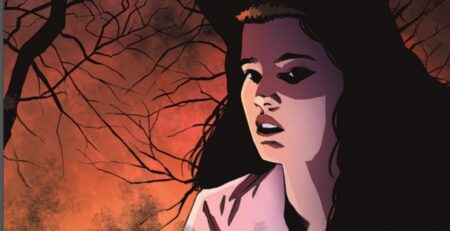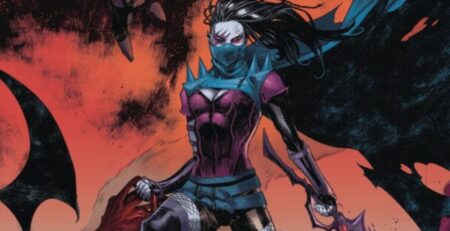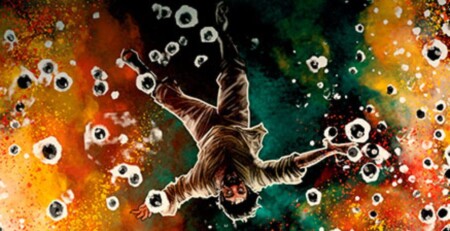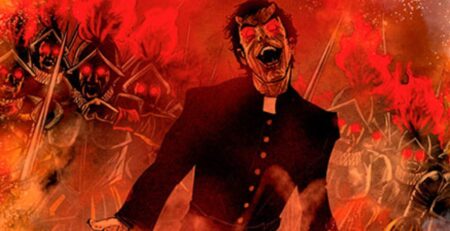Blade Runner 2029 #1 is written by Mike Johnson (with Michael Green, K. Perkins, and Mellow Brown as creative consultants), with art by Andres Guinaldo, colors by Marco Lesko, and letters by Jim Campbell. It is published by Titan Comics. Taking place 10 years after the events of the Blade Runner 2019 comic series, Blade Runner Aahna “Ash” Ashina helps rogue replicants find new lives. However, an unclosed case from her past suddenly resurfaces.
The same creative team helped flesh out the Blade Runner universe with Blade Runner 2019 and much like that series, Blade Runner 2029 continues to feature elements from other Blade Runner stories. The Seawall from Blade Runner 2049 makes an appearance, and the events of the Blade Runner Black Out 2022 anime are referenced. Fans who have watched the films will pick up on and appreciate the nods, while the references aren’t too off-putting to newcomers. Johnson’s script is the perfect example of how to immerse readers old and new in your world without totally overwhelming them.
Johnson also picks up Ash’s story from Blade Runner 2019, giving her a new mission and continuing to flesh out her character. Much like Deckard in the original Blade Runner and K in Blade Runner 2049, Ash struggles with the weight of her job and the fact that replicants are just as human as actual humans. She also has to contend with cybernetic implants in her spine that hinder her from doing her job. This is a far cry from most cyberpunk stories, which usually present bodily augmentation as a benefit. Showing that it can have downsides is a fresh approach to the genre.
The story also sets up a solid mystery to explore in future installments. Like any good mystery, the clues are slowly seeded throughout the issue and the end of the issue leaves room for it to be explored down the road. I’m interested to see where this leads, especially since this plot development concerns the sole replicant Ash failed to capture.
Another way the comic immerses its audience in the world of Blade Runner is through Guinaldo’s art. Guinaldo manages to capture the same futuristic aesthetic that populated the Blade Runner films, from the flying Spinners that Blade Runners use to travel to the massive buildings that make up Los Angeles in 2029. The clothes the characters wear also stay in line with the aesthetic of the films, particularly Ash’s ensemble. She wears a long trench coat over a suit and dark shades, which perfectly fits the “future detective” aesthetic. Adding to the overall aesthetic is Lesko’s colors.
Los Angeles is depicted in two moods: nighttime or nighttime with rain. Lesko’s colors perfectly capture the gloomy dark blue skies and cyberpunk trappings of this universe; readers will feel like they’re in the world of the film. Rounding out the futuristic feel of the book are Campbell’s letters, with a nice golden stylized font for dates and locations.
Blade Runner 2029 continues to flesh out the Blade Runner universe, adding further layers to its protagonist and setting up a new mystery. Fans of the Blade Runner films or fans who read through Blade Runner 2019 will definitely want to pick this up.
Blade Runner 2029 #1 is available wherever comics are sold.
Blade Runner 2029
TL;DR
Blade Runner 2029 continues to flesh out the Blade Runner universe, adding further layers to its protagonist and setting up a new mystery. Fans of the Blade Runner films or fans who read through Blade Runner 2019 will definitely want to pick this up.







